Third Party Authorization Form
The USCG requires this signed form so Grossetti License Consulting can act as your agent for your transaction (PDF).
Operator of Uninspected Passenger Vessel (OUPV) Equipment Checklist
List of federal vessel equipment requirements (PDF).
Vessel Data
Excellent website maintained by the National Marine Fisheries Service (NMFS). NMFS regularly obtains documented vessel information directly from USCG computers and provides it for public access. Use it to retrieve U.S.-documented vessel ownership information, tonnage, etc.:
Search by vessel official number
Same information with different search criteria:
USCG site using multiple search criteria options (hull ID, build year, etc.):
National Vessel Documentation Center (NVDC)
Information regarding documenting a vessel for commercial use, vessel ownership abstracts, etc.
The Boundary Line
What is this mysterious Boundary Line that the USCG refers to on its sea service forms?
Since the late 1980s, the USCG has used this line to delineate between "inland" vs. "near coastal" waters for licensing purposes. And the same line is used to determine where STCW is applicable. STCW is applicable seaward of the Boundary Line, and STCW is not applicable shoreward of the Boundary Line. You won't find the Boundary Line on any navigational chart, because the Boundary Line is not used for navigational purposes. The Boundary Line is NOT to be confused with any of the following:
- COLREGS Demarcation Line (is used only to determine where Inland vs. International rules of the road apply)
- Territorial Sea - 3 mile limit (delineates the seaward territorial border of the U.S.)
- Contiguous Zone - 12 mile limit (delineates the seaward border used to enforce U.S. Customs and other laws)
- Territorial Sea Baseline (is used to determine where the 3 and 12 mile limits are measured from. Normally the Territorial Sea Baseline is the mean low water line along the coast of the United States, but can sometimes run across the mouths of bays, sounds, and rivers. This line is often found on charts of appropriate scale.)
To find where the Boundary Line is for the contiguous U.S., use this link to 46 CFR Part 7.
Gulf of Mexico exception: 46 CFR Part 7 delineates that the Boundary Line in the Gulf of Mexico is along the 12-mile line which marks the seaward limits of the Contiguous Zone. However, for the purpose of crediting sea service in the Gulf of Mexico for the issuance of licenses, the USCG has published NMC Policy Letter No. 1-2000 dated 3/15/00 that allows service between the Territorial Sea Baseline and the Boundary Line defined at 46 CFR Part 7 to be considered near coastal waters. In other words, for licensing purposes in the Gulf of Mexico the Boundary Line is considered to be the Territorial Sea Baseline.


